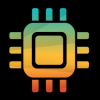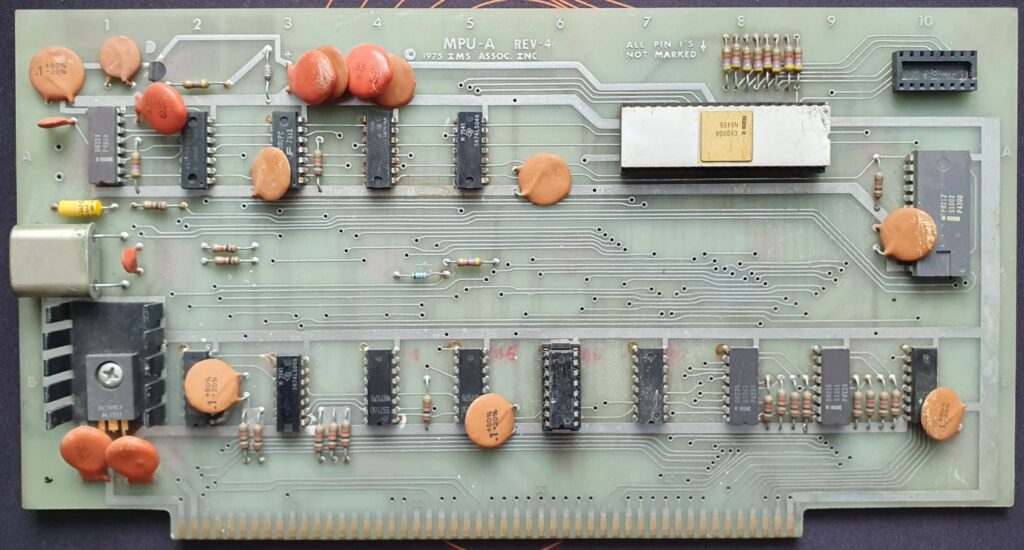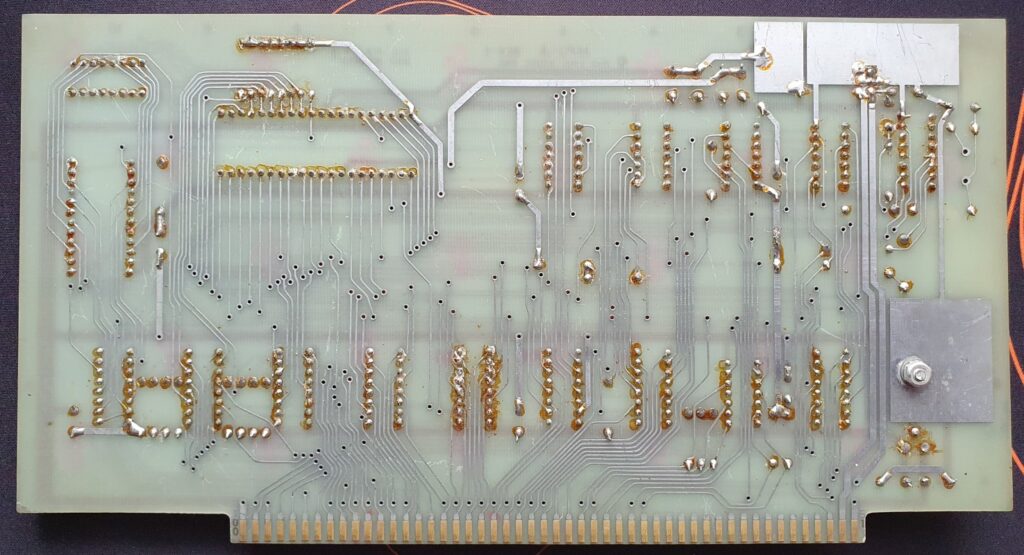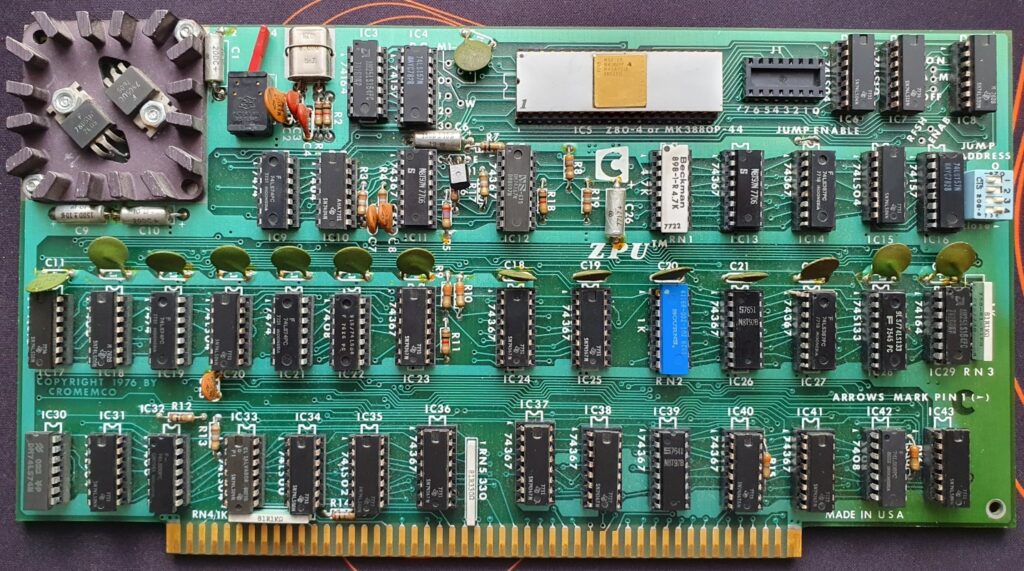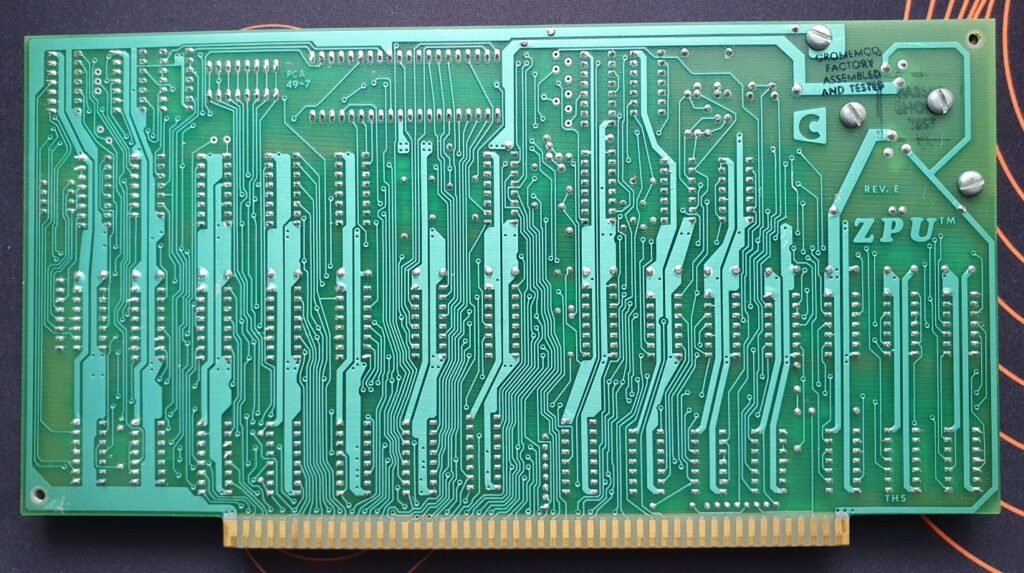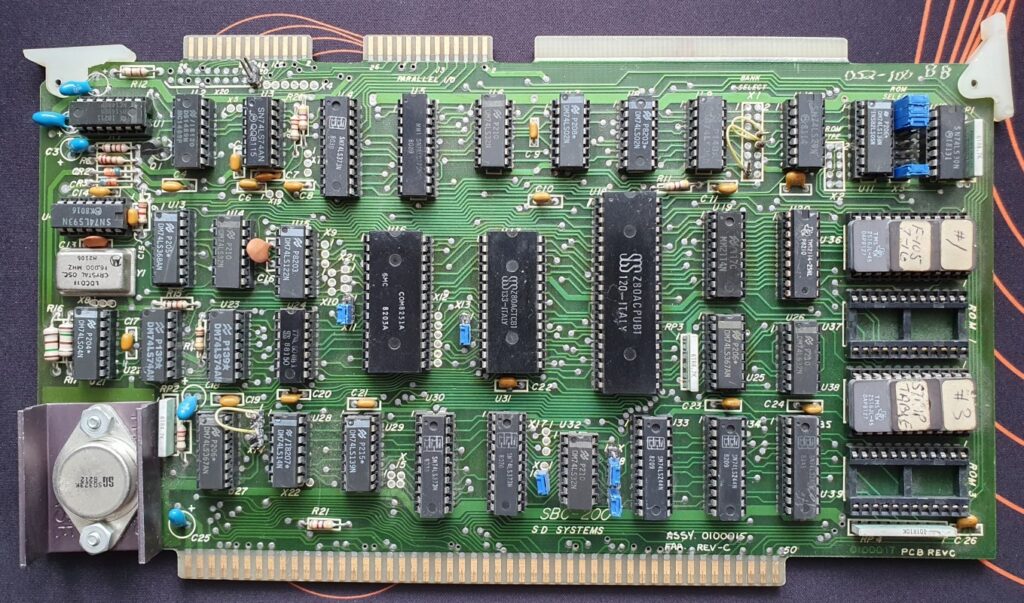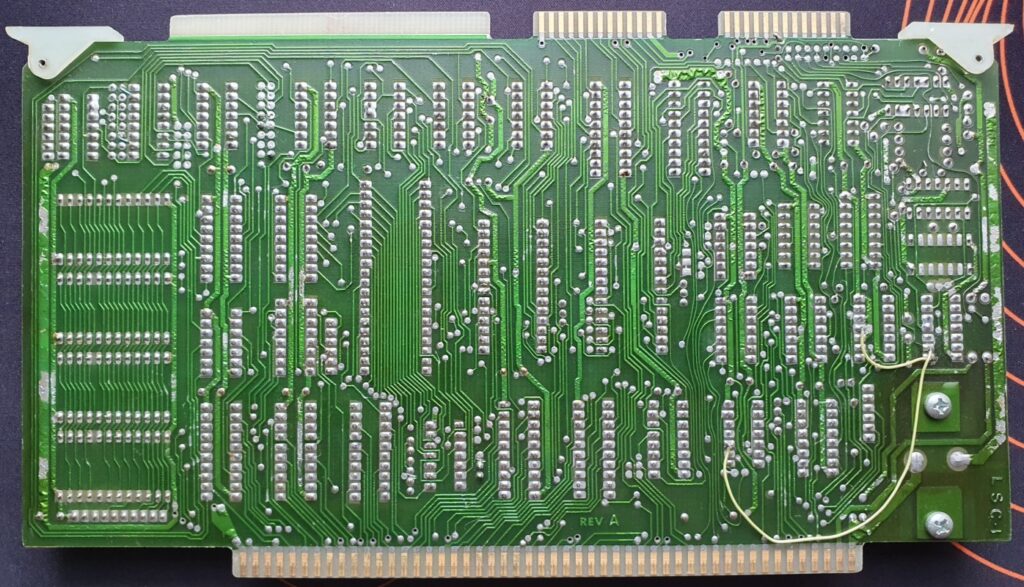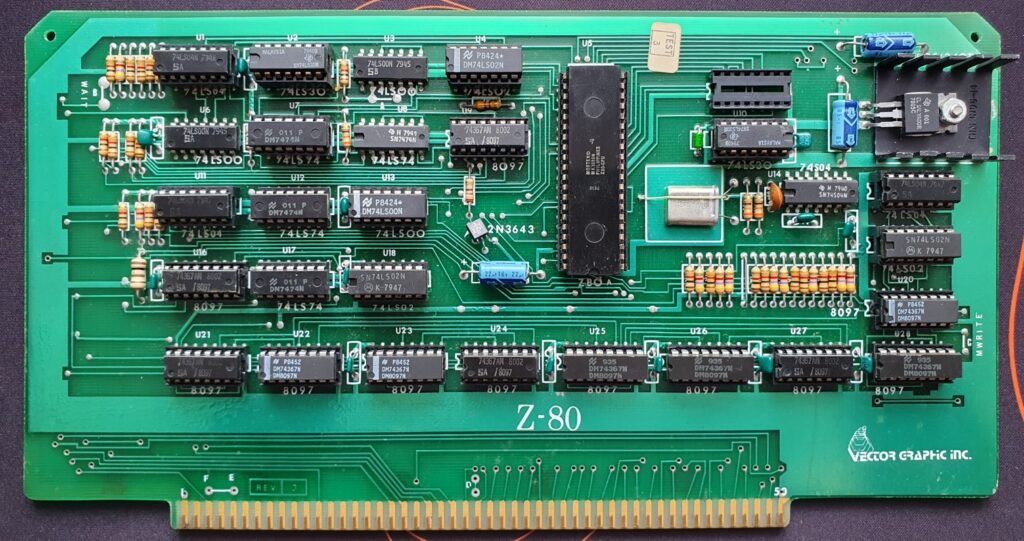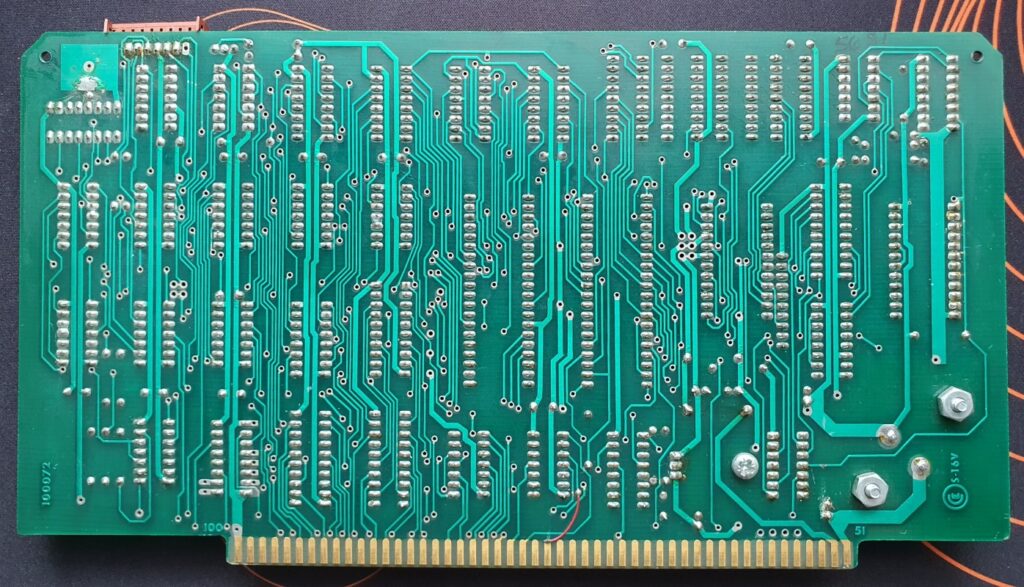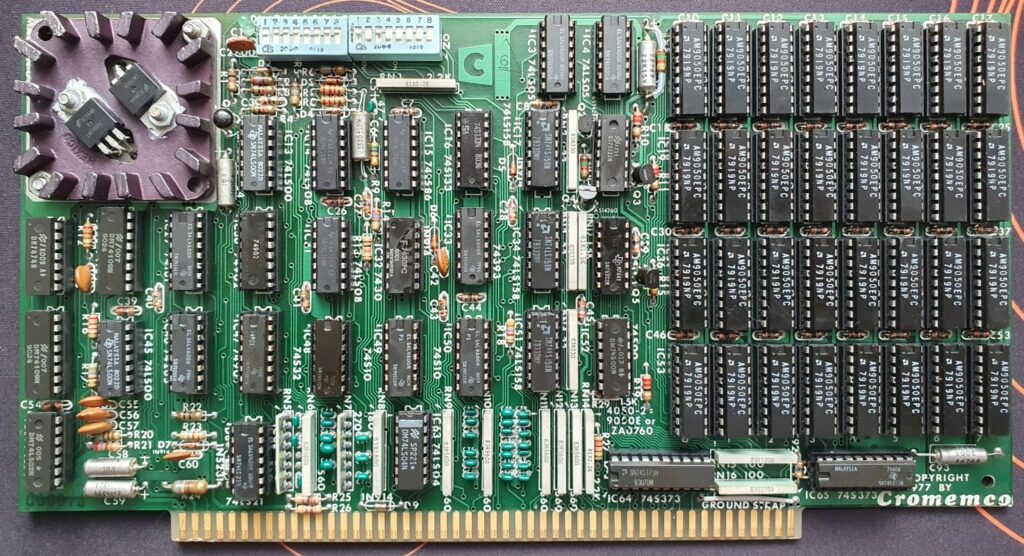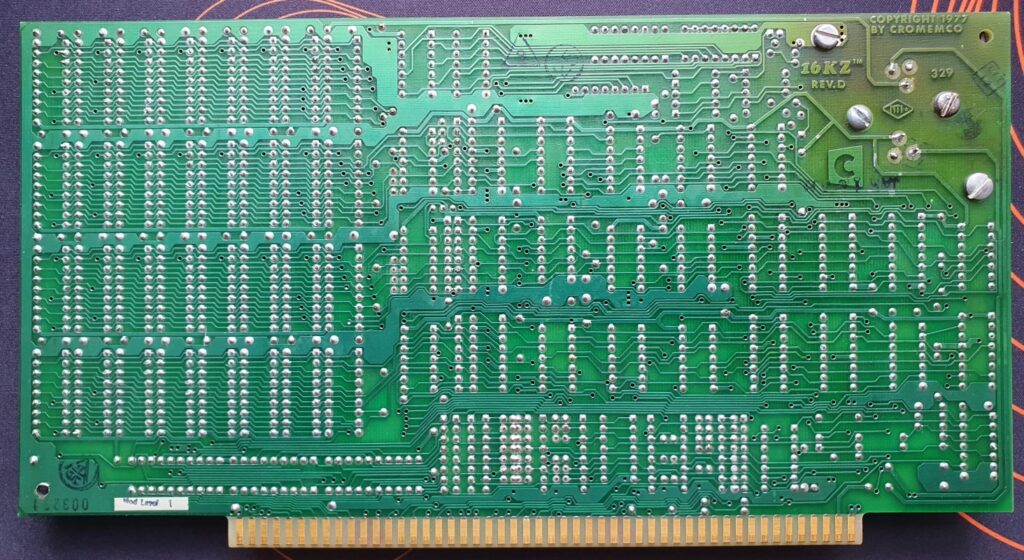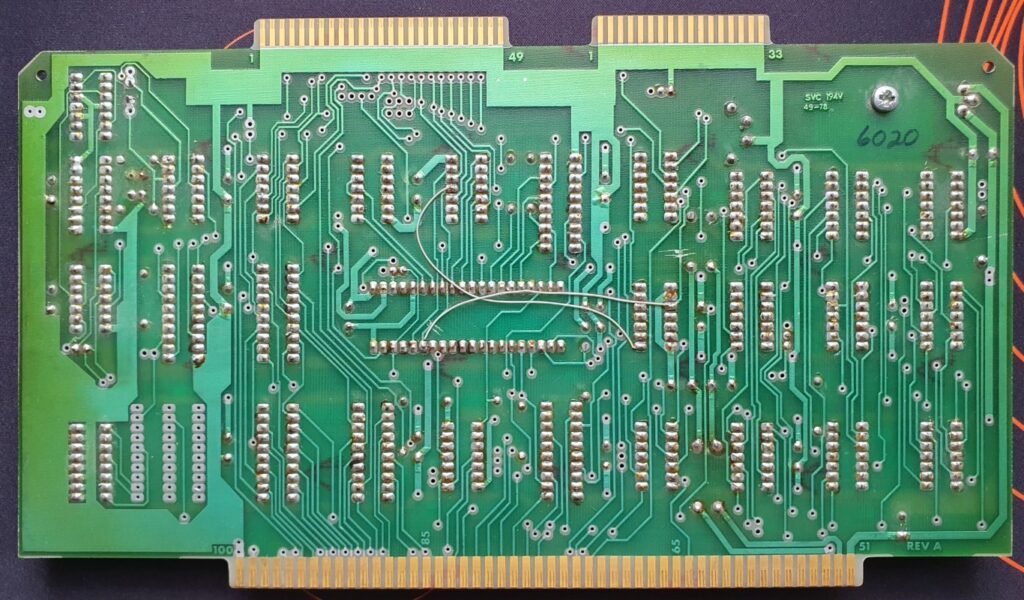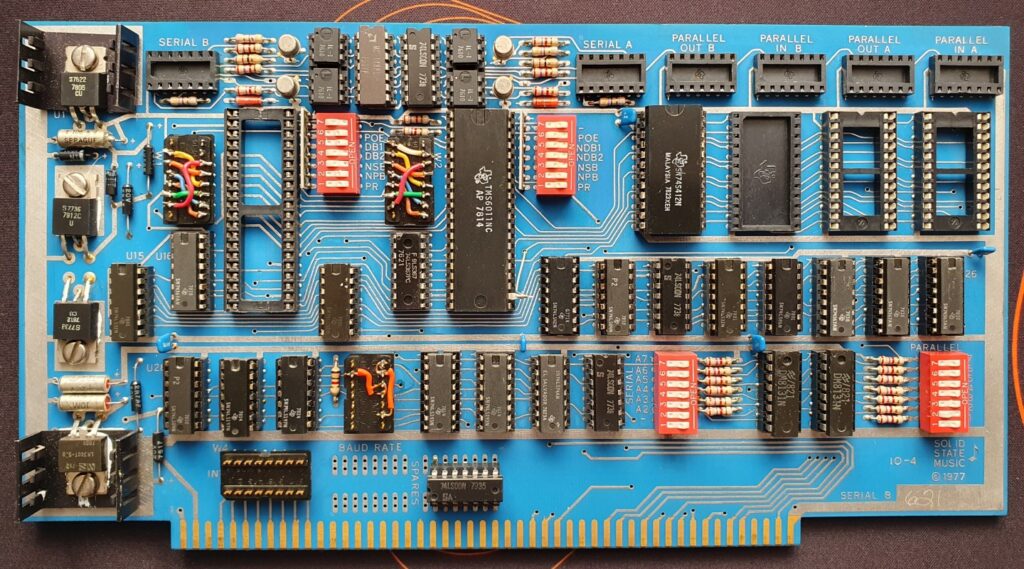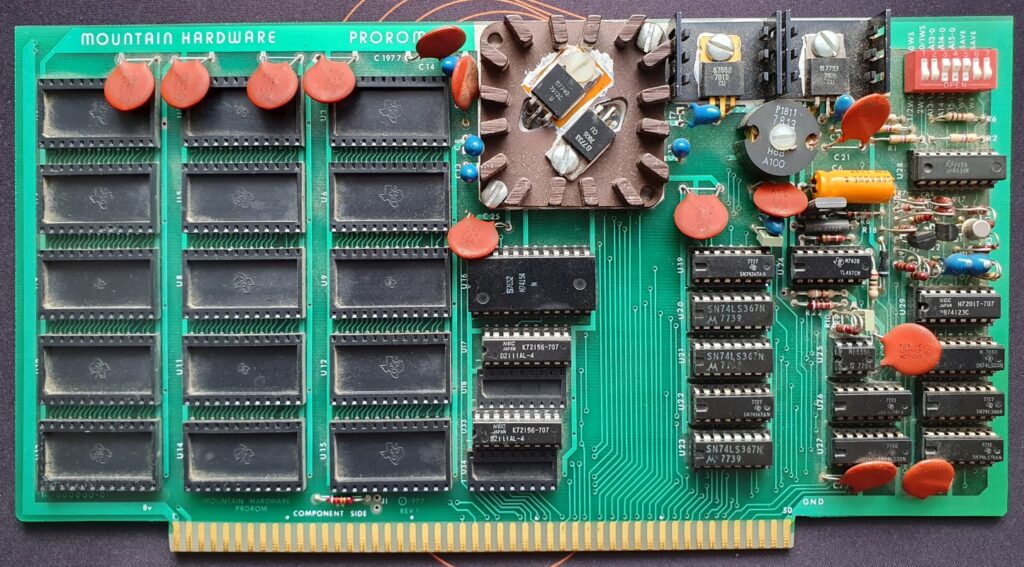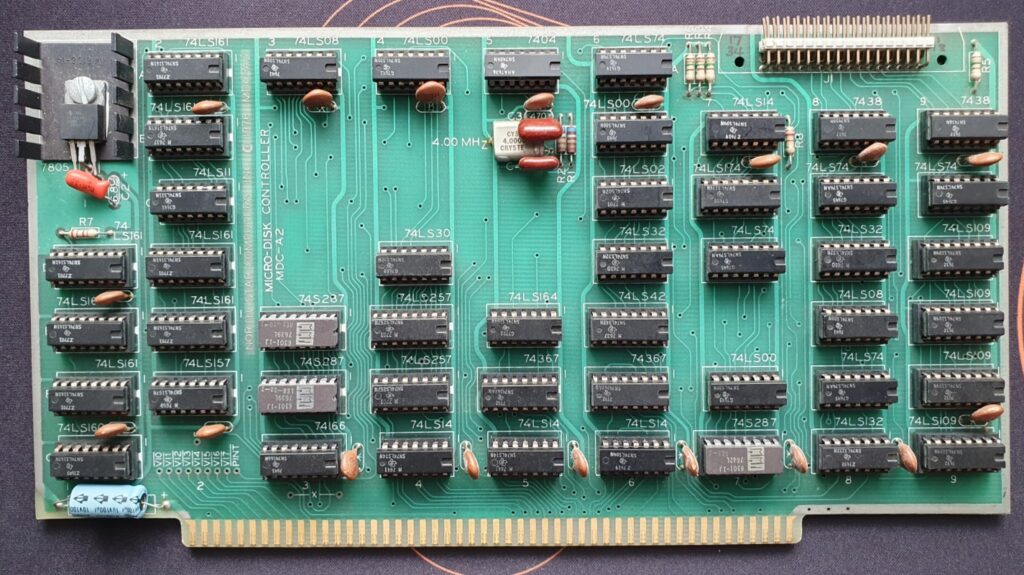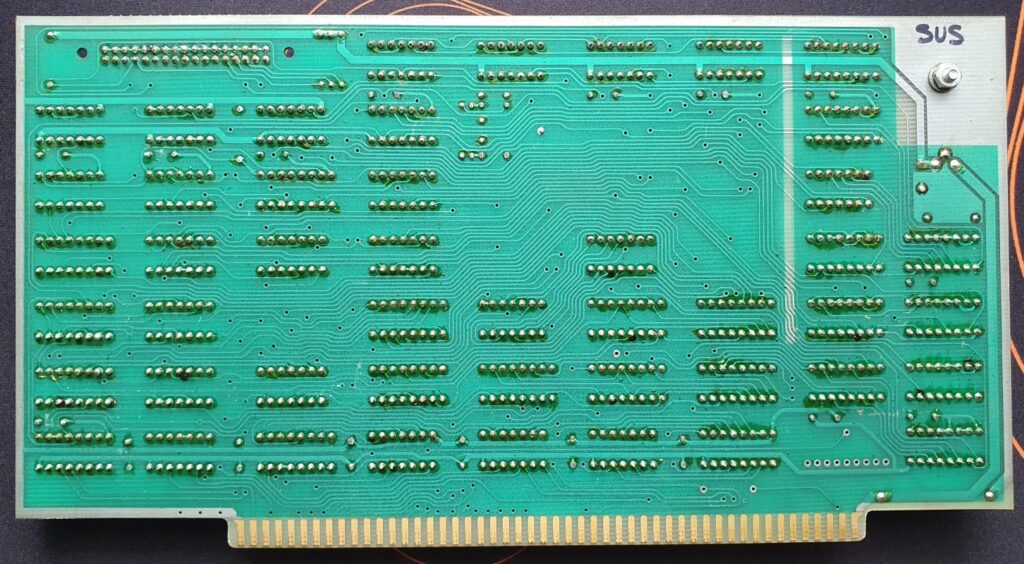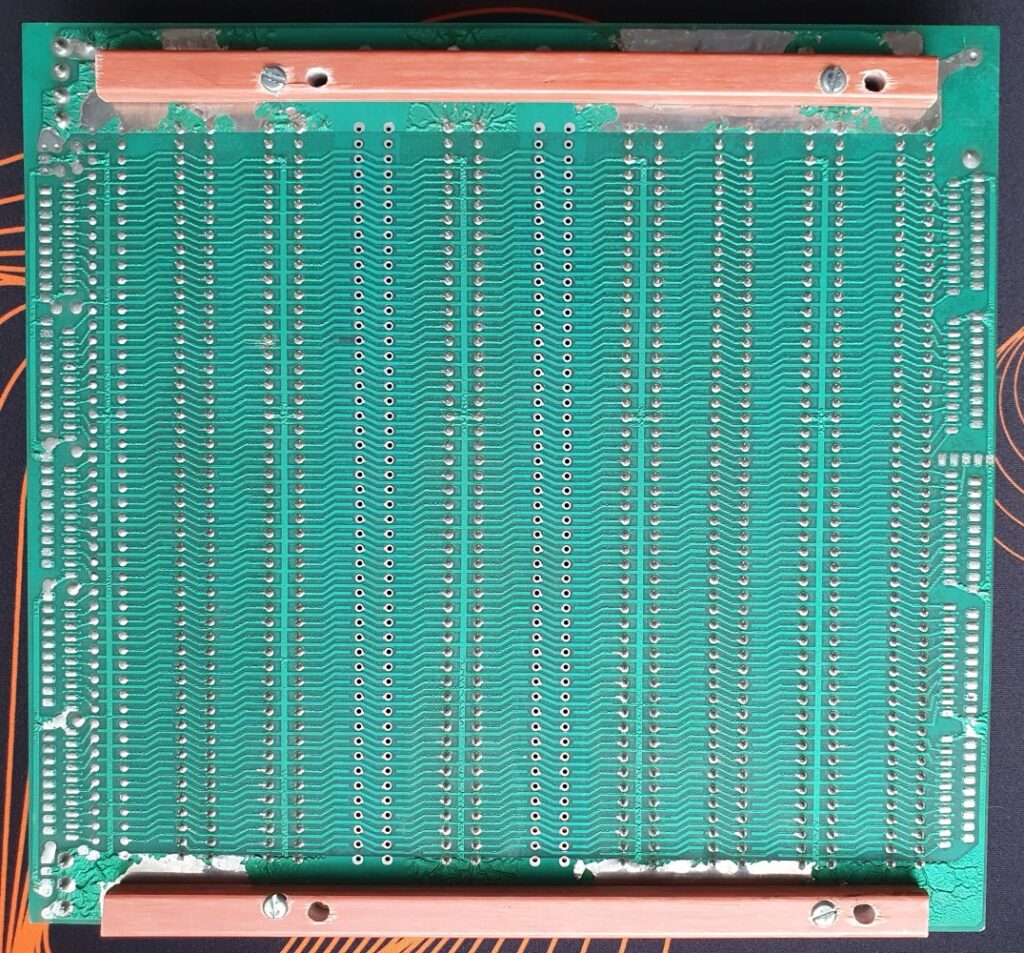The Altair 8800, showcased in Popular Electronics in 1975, garnered attention for its simplicity and openness. This model’s success catalyzed the adoption of the S-100 bus by other computer manufacturers, creating a diverse ecosystem.
This bus system facilitated extensive expansion capabilities. Users could add components such as memory boards, storage controllers, and communication interfaces, fostering a culture of innovation and experimentation. The S-100 bus became synonymous with the do-it-yourself ethos, attracting hobbyists eager to customize their computing experience.
Digital Research’s CP/M operating system found widespread use with S-100 systems. Its standardization streamlined software compatibility, contributing to the popularity of S-100-based computers.
Beyond the Altair 8800, various S-100 computers gained prominence, including the IMSAI 8080, Cromemco systems, and NorthStar Horizon. Each system added its unique flavor to the S-100 ecosystem, expanding its reach.
However, the S-100 bus faced challenges as the computing industry matured. Newer bus standards like ISA and PCI emerged, offering enhanced features and widespread adoption. This transition marked the decline of the S-100 bus in mainstream computing.
Despite its eventual obsolescence, the S-100 bus holds historical significance. It symbolizes the nascent era of microcomputing, characterized by community-driven innovation and the birth of personal computing. The S-100’s legacy lives on as a testament to the foundational role it played in shaping the trajectory of computer history.
